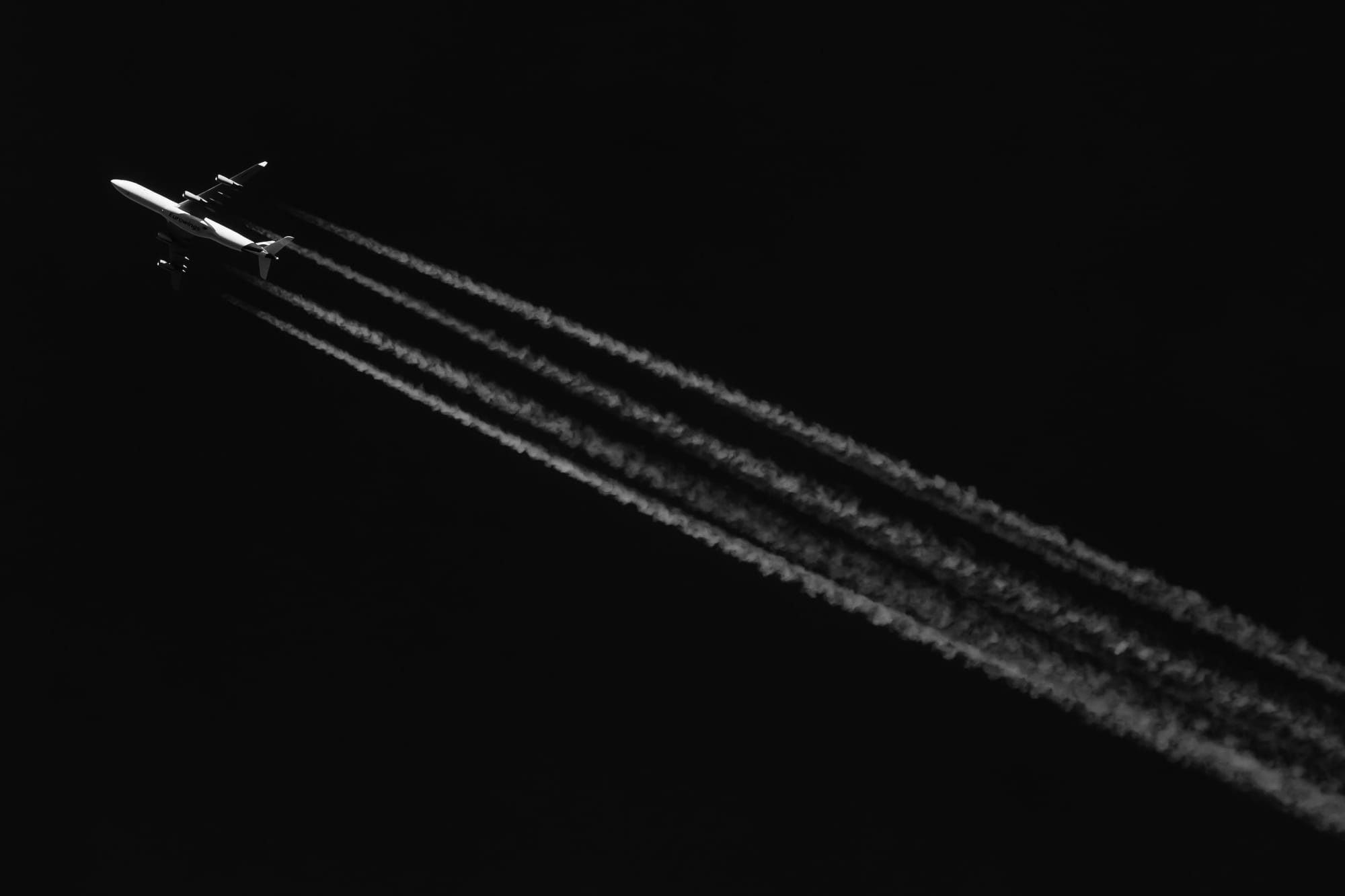Contrails or Chemtrails? Debunking the Conspiracy Theory

Gazing upwards, we've all seen the trails left by airplanes soaring through the vast expanse of the sky. These streaks, scientifically known as contrails, are as commonplace as they are captivating. However, they've also become entangled in a web of conspiracy theories, the most prominent being the idea of "chemtrails."
Chemtrail Mind Control

The chemtrail theory proposes a far more unsettling reality than water vapor trails. It alleges that governments or shadowy organizations are spraying unknown chemicals from airplanes for nefarious purposes like population control or weather manipulation. However, these theories often lack any concrete evidence.
So, why do some people subscribe to this belief? There are a couple of reasons. Firstly, contrails can sometimes linger for extended periods, particularly in humid conditions. This persistence can be unsettling for those unfamiliar with the science behind them. Additionally, the grid-like patterns contrails sometimes form due to air traffic routes can appear unusual to the untrained eye. These factors can create a sense of unease and fuel speculation.
The Actual Science

But the truth behind contrails is far less dramatic. They are simply condensation trails, a byproduct of air travel with a firm grounding in science. As airplanes burn fuel, water vapor is released as part of the exhaust. High up in the atmosphere, where temperatures are frigid, this water vapor condenses around tiny particles like dust, forming ice crystals – the contrail itself.
The chemtrail theory lacks any credible scientific backing. Extensive research has shown that contrails are simply water vapor, no different from the condensation that forms on a cold window. The lingering time depends on atmospheric factors like temperature and humidity, not some clandestine operation. Regulatory bodies like the Environmental Protection Agency and the Federal Aviation Administration have thoroughly debunked the chemtrail myth.
So, the next time you see those trails stretching across the sky, you can appreciate them for what they truly are – a testament to human ingenuity conquering the skies. They're a reminder of the vast scientific knowledge that propels us forward, not a cause for alarm.
Final Thoughts
Here's the key takeaway: a healthy dose of curiosity is great, but it's important to rely on scientific evidence when forming our understanding of the world around us. Let's keep looking up, keep questioning, but do so with a critical eye, and let the facts guide our exploration of the fascinating world above. After all, unraveling the mysteries of the sky is far more rewarding than getting lost in a web of unfounded conspiracy theories.





